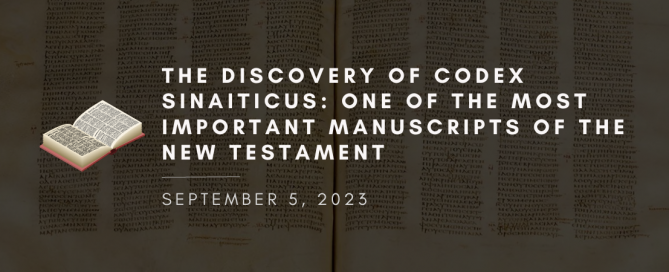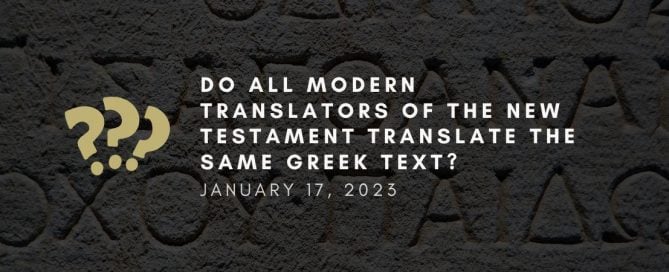New Testament Texts and Manuscripts
An Astounding Quran Manuscript Discovery
In my previous posts I've mentioned the course I'll be doing on the Quran and the NT with scholar of Islam, Javad Hashmi. In the course I won't myself be dealing with the Quran, since it's not my expertise and I prefer as a rule talking about things I know about. But in past years on the blog I have published some posts on aspects of the Quran and Islam that I AM able to say something about, and thought this would be a good time to re-air them. Here's one of them: ****************************** Those of you who follow the news have heard that a truly great manuscript discovery has been made public this week, coming out of the University of Birmingham, England. The university has a very important collection of manuscripts, and for New Testament scholars it is famous for its Institute devoted to the study, analysis, and editing of Gospel manuscripts, an institute headed by my long-time friend and colleague David Parker, indisputably one of the top NT textual scholars in the world. [...]





